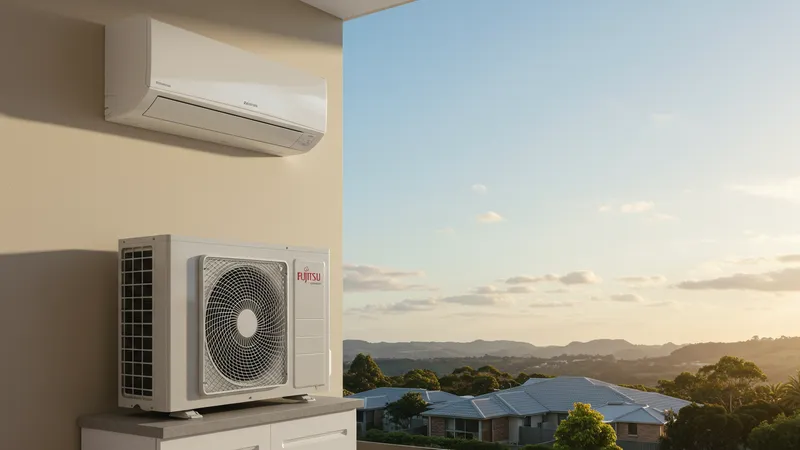
Air Conditioning Services: Keeping Your Home Cool And Comfortable
Energy Efficiency and Environmental Impact of Cooling Systems in Australia
Energy efficiency is a dominant concern for Australian homeowners when selecting air conditioning services. Daikin’s split systems often lead the pack with high star ratings, reflecting advanced inverter technology that adjusts power usage as needed, rather than running at full tilt regardless of temperature. These adjustments can yield significant savings over years of regular use, particularly in hotter regions of New South Wales or South Australia.

Fujitsu’s ducted systems are now engineered with eco-friendly refrigerants and zoning controls—essentially allowing residents to cool only occupied spaces at any given time. This targeted approach cuts unnecessary energy use, aligning with Australia’s push for more sustainable residential power consumption. In fact, state rebates or incentives are sometimes available for households installing high-Rated models, making these investments even more attractive.
Mitsubishi Electric’s multi-head split systems further address environmental concerns by enabling room-by-room control, so empty guest rooms aren’t unnecessarily cooled. Their commitment to using next-generation refrigerants and recyclable components has won praise from Australian green building associations. For eco-conscious Australians, these refinements mean comfort need not come at the cost of the environment.
Awareness of the environmental impact of cooling solutions has grown sharply across the country. Regulations introduced by the Department of Climate Change, Energy, the Environment and Water ensure that all units meet minimum efficiency standards before reaching the market. For homeowners, this means today’s air conditioning services deliver not just relief from the heat, but also peace of mind about their energy footprint for years to come.